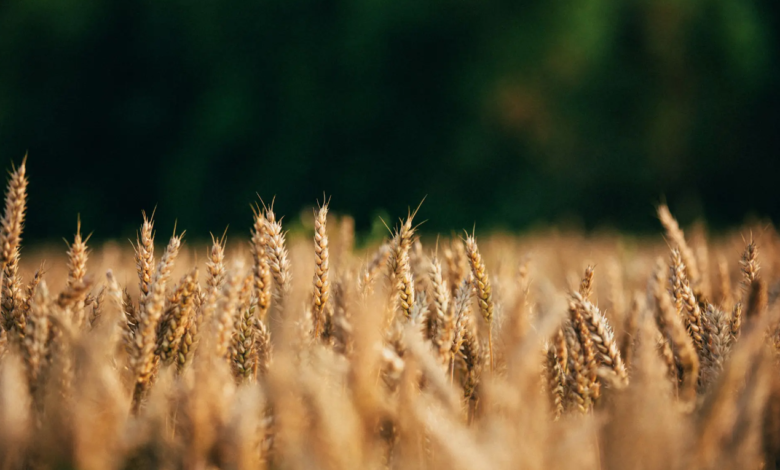Europe hands over to tractors: whitebait ready for many EU agriculture climate measures

New CAP plant launched in 2021 questioned
– In the wake of tractor protests, Europe is preparing a complete turnaround. In response to the farmers who are demonstrating in many countries, the Commission has already relaxed certain obligations such as the rotation and the percentage of land to be left uncultivated to the benefit of soil restoration and biodiversity. But the EU executive is preparing a series of measures that, on the whole, dismantle EU agriculture climate measures.
Politico, who has had the opportunity to view the draft measures in preparation, says. What do they contain? A total turnaround to the new Community Agricultural Policy (CAP) reformed in 2021 with, among other points, a series of environmental conditionalities that farmers must comply with to access subsidies.
Measures that also go against the opinion of the scientific advisory body of the EU on climate change, which among the points that it raised to put the EU on the right trajectory to -90% of emissions by 2040 stress the need to obtain substantial reductions from agriculture and livestock, sectors so far touched very little by the policies of the Green Deal.
What climate measures for EU agriculture could be missed?
In particular, the dismantling of EU agriculture climate measures goes from the end of the obligation to set aside land to promote biodiversity, making it entirely voluntary. A point, this, on which many acronyms of category – including the Italian Coldiretti – are pressing for some time. But that’s not all. The measures under consideration by the Commission would also cancel rules on minimizing tillage to prevent soil erosion. “Taken together, they would allow farmers to get EU subsidies even if they do not meet the most basic environmental standards, known as conditionality,” Politico stresses.
These measures would be canceled or greatly weakened. For 4 of the GAEC, the obligation disappears: subsidies will be awarded to those who respect them voluntarily. These are the GAEC 5, 6, 7, and 8, which concern tillage, cover crops, the obligation to cultivate several different types of crops in the same area, and the contested rule that reserves 4% of the land to biodiversity.





